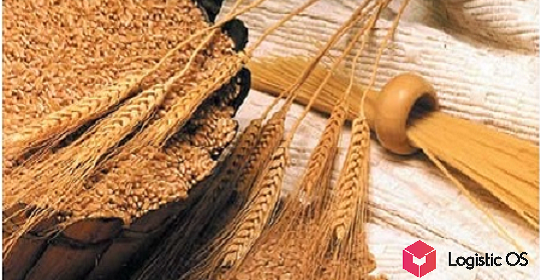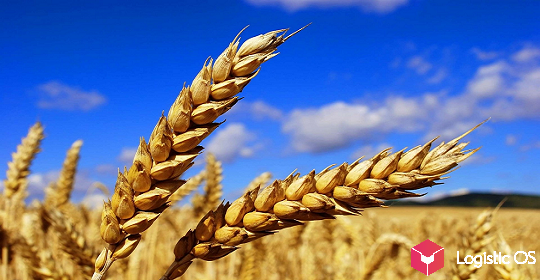Currently, he has already sent a letter to the Russian government proposing a set of measures that could help reduce the prices of vegetables in stores.
First of all, we are talking about the «borscht set».
From 2020 to 2021, the price of potatoes increased from 38 to 58 rubles, cabbage — from 28 to 38 rubles, beets — from 33 to 92 rubles, carrots — from 40 to 82 rubles.
As you can see, many vegetables have increased in price by 2-3 times. Only onions are sold for the same price of about 36 rubles.
In this regard, the Ministry of Agriculture proposes to use two tools:
Increase in acreage for vegetables.
Construction of additional storage facilities.
How will the new measures work?
It is planned that by 2025 the sown area will be increased by about 14%, which will amount to about 108 thousand hectares.
At the same time, it is noted that up to 60% of the lands that will be used for this have not previously been used in agriculture at all.
As for the construction of storage facilities, we are talking about putting into operation new areas that would allow storing more than 300 thousand tons of additional vegetables.
Now, according to Mikhail Glushkov, executive director of the National Fruit and Vegetable Union, storage volumes are severely lacking. Russia collects up to 5.5 million tons of vegetables per year, and no more than 1.6 million tons can be stored in storage facilities.
Of course, something is immediately sold out during the season, something goes for processing, but the volumes still need to be increased. At the very least, it is necessary to build storage facilities for an additional 1 million tons of vegetable products.
At the same time, the government plans to subsidize companies that will do this, returning up to 20% of the actual costs incurred for the construction of the storage facilities.
To create 1 sq. square meter will have to spend at least 40-50 thousand rubles.
At the same time, as noted by Glushkov, all these measures will still not give a significant reduction in the cost of vegetables, and the effect can be noticed no earlier than in a couple of years.
In the same way, the measures used will not make it possible to completely abandon vegetable imports, because they are mainly carried out when it is “not the season” in Russia.
At the same time, an increase in vegetable production on the territory of the Russian Federation, together with the appearance of new storage facilities, could reduce the volume of vegetable imports.
Another measure of influence on prices could be the creation of vegetable fairs. This would allow manufacturers to sell off a significant portion of their products without using intermediaries.

